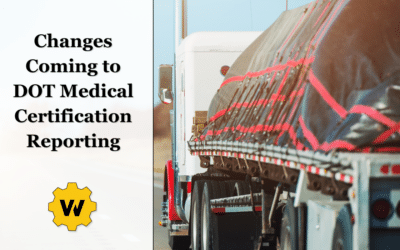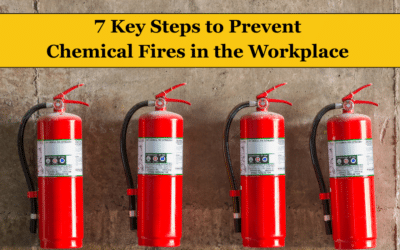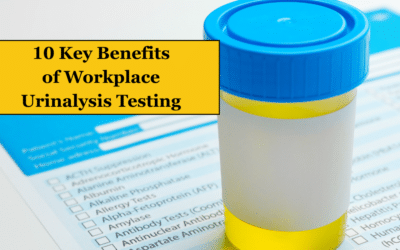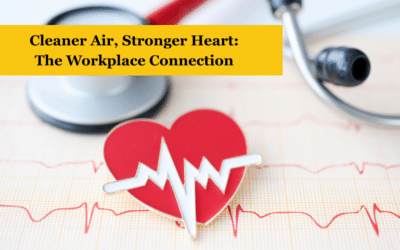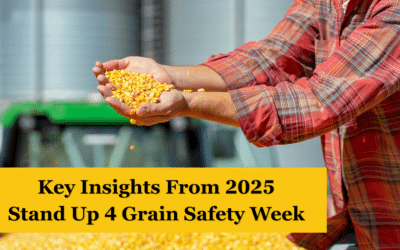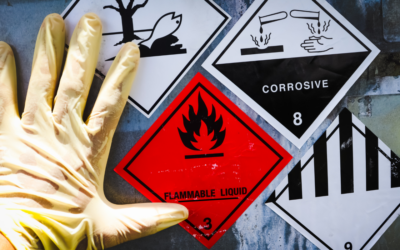Here’s What’s New in OSHA Compliance
Understanding PFAS and Its Risks to Firefighters
Firefighters face unparalleled risks every day, battling blazes to save lives and property. Yet, one of their most insidious threats comes not from flames, but from their protective gear and firefighting tools. Per- and polyfluoroalkyl substances (PFAS) are a group of...
Preventing Wildlife-Related Workplace Injuries
Workers in outdoor and natural environments frequently encounter wildlife, leading to potential injuries ranging from minor bites to life-threatening attacks. These incidents pose significant occupational health risks, particularly in industries such as construction,...
Changes Coming to DOT Medical Certification Reporting
Employers in the transportation industry, take note. The Federal Motor Carrier Safety Administration (FMCSA) is rolling out significant updates to DOT medical certification reporting, set to take effect June 23, 2025. These changes mark a shift toward real-time...
NIOSH Updates Guidance to Protect Law Enforcement Officers
Law enforcement officers face numerous dangers every single day. And yet, one in particular poses a hidden, yet pervasive occupational hazard: needlestick injuries. These injuries occur when officers encounter hidden or improperly discarded needles or syringes during...
MSHA Pauses Silica Rule: What That Means for You
Silica dust poses serious health and safety risks to mining workers. Prolonged inhalation of fine crystalline particles can result in silicosis, lung cancer, and other serious respiratory diseases. And, throughout all industries, approximately 2.3 million workers in...
7 Key Steps to Prevent Workplace Chemical Fires
Workplace chemical fires pose serious risks, from severe burns, toxic exposures, and even fatalities. Preventing chemical fires (and all fires) should remain one of your top priorities, in order to save lives, reduce injuries, avoid costly damages, ensure regulatory...
10 Key Benefits of Workplace Urinalysis Tests
Did you know that failing to conduct workplace urinalysis tests risks undetected health issues, increased safety hazards, legal liabilities, and missed opportunities for early intervention? In safety-critical roles where impairment testing should complement drug...
Cleaner Air, Stronger Heart: The Workplace Connection
Did you know that cardiovascular diseases (CVDs) remain the leading cause of death globally, accounting for the loss of an estimated 17.9 million lives annually? Workplace-related cardiovascular diseases are induced by factors like job strain, long working hours,...
Key Insights from the 2025 Stand Up 4 Grain Safety Week
While grain handling remains a cornerstone of the agricultural industry, it nonetheless comes with its fair share of hazards. Recognizing the need for heightened safety awareness, the 2025 Stand Up 4 Grain Safety Week recently took place from March 24 to 28. This...
7 Key Benefits of Globally Harmonized System (GHS) for Hazard Communication
In today’s fast-paced industrial environment, ensuring workplace safety is a top priority for employers and employees alike. That's why hazard communication in the workplace remains so crucial. It enhances safety by ensuring your employees are informed about chemical...



